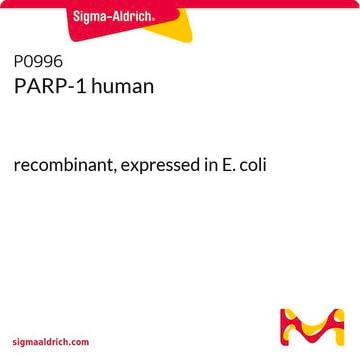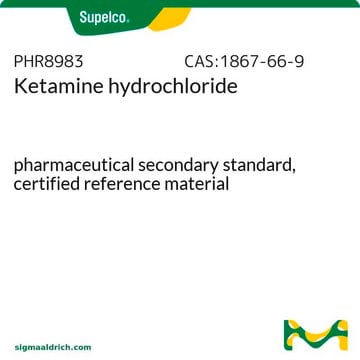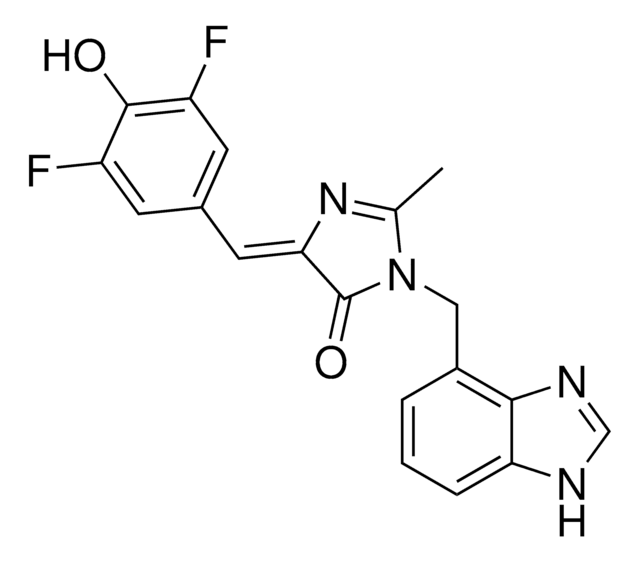SRP0192
PARP1 Active human
recombinant, expressed in baculovirus infected insect cells, ≥80% (SDS-PAGE)
Synonym(e):
ADPRT, NAD(+) ADP-ribosyltransferase 1, Poly (ADP-ribose) Polymerase 1
About This Item
Empfohlene Produkte
Biologische Quelle
human
Rekombinant
expressed in baculovirus infected insect cells
Assay
≥80% (SDS-PAGE)
Form
aqueous solution
Mol-Gew.
140 kDa
Verpackung
pkg of 10 and 20 μg
Hersteller/Markenname
Sigma-Aldrich
Lagerbedingungen
avoid repeated freeze/thaw cycles
Konzentration
>0.02 mg/mL
Methode(n)
inhibition assay: suitable
NCBI-Hinterlegungsnummer
UniProt-Hinterlegungsnummer
Anwendung(en)
life science and biopharma
Versandbedingung
dry ice
Lagertemp.
−70°C
Angaben zum Gen
human ... PARP1(142)
Allgemeine Beschreibung
Human PARP1 (GenBank Accession No. NM_001618), full length with N-terminal GST tag, MW = 140 kDa, expressed in a Baculovirus infected Sf9 cell expression system. Poly [ADP-ribose] polymerase 1 (PARP1) belongs to the DNA-dependent nuclear enzyme superfamily. Its structure includes an N-terminal with three zinc finger DNA-binding domains, an auto-modification domain with BRCT motif and a WGR domain having conserved tryptophan, glycine, and arginine residues, and a C-terminal catalytic domain with PARP signature sequence.
Anwendung
Biochem./physiol. Wirkung
Einheitendefinition
Physikalische Form
Angaben zur Herstellung
Lagerklassenschlüssel
10 - Combustible liquids
WGK
WGK 1
Flammpunkt (°F)
Not applicable
Flammpunkt (°C)
Not applicable
Analysenzertifikate (COA)
Suchen Sie nach Analysenzertifikate (COA), indem Sie die Lot-/Chargennummer des Produkts eingeben. Lot- und Chargennummern sind auf dem Produktetikett hinter den Wörtern ‘Lot’ oder ‘Batch’ (Lot oder Charge) zu finden.
Besitzen Sie dieses Produkt bereits?
In der Dokumentenbibliothek finden Sie die Dokumentation zu den Produkten, die Sie kürzlich erworben haben.
Unser Team von Wissenschaftlern verfügt über Erfahrung in allen Forschungsbereichen einschließlich Life Science, Materialwissenschaften, chemischer Synthese, Chromatographie, Analytik und vielen mehr..
Setzen Sie sich mit dem technischen Dienst in Verbindung.







